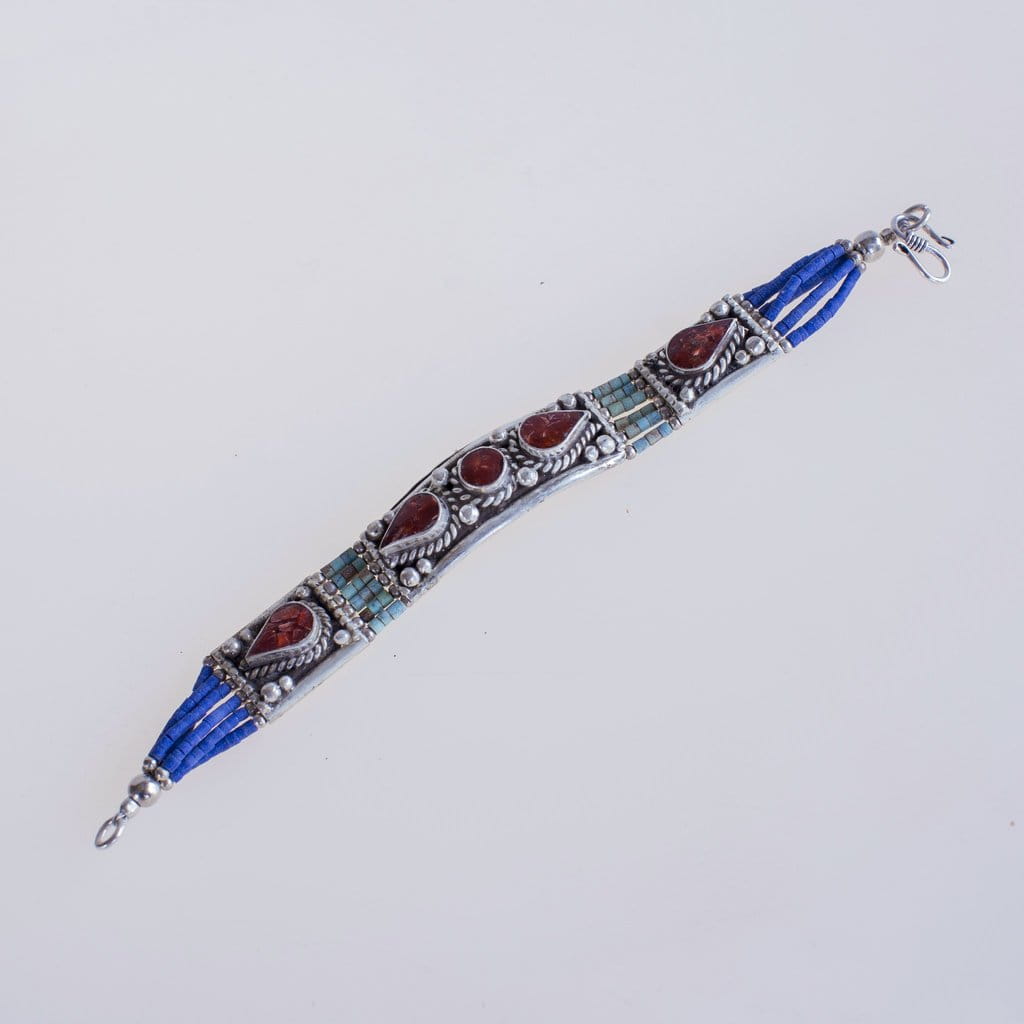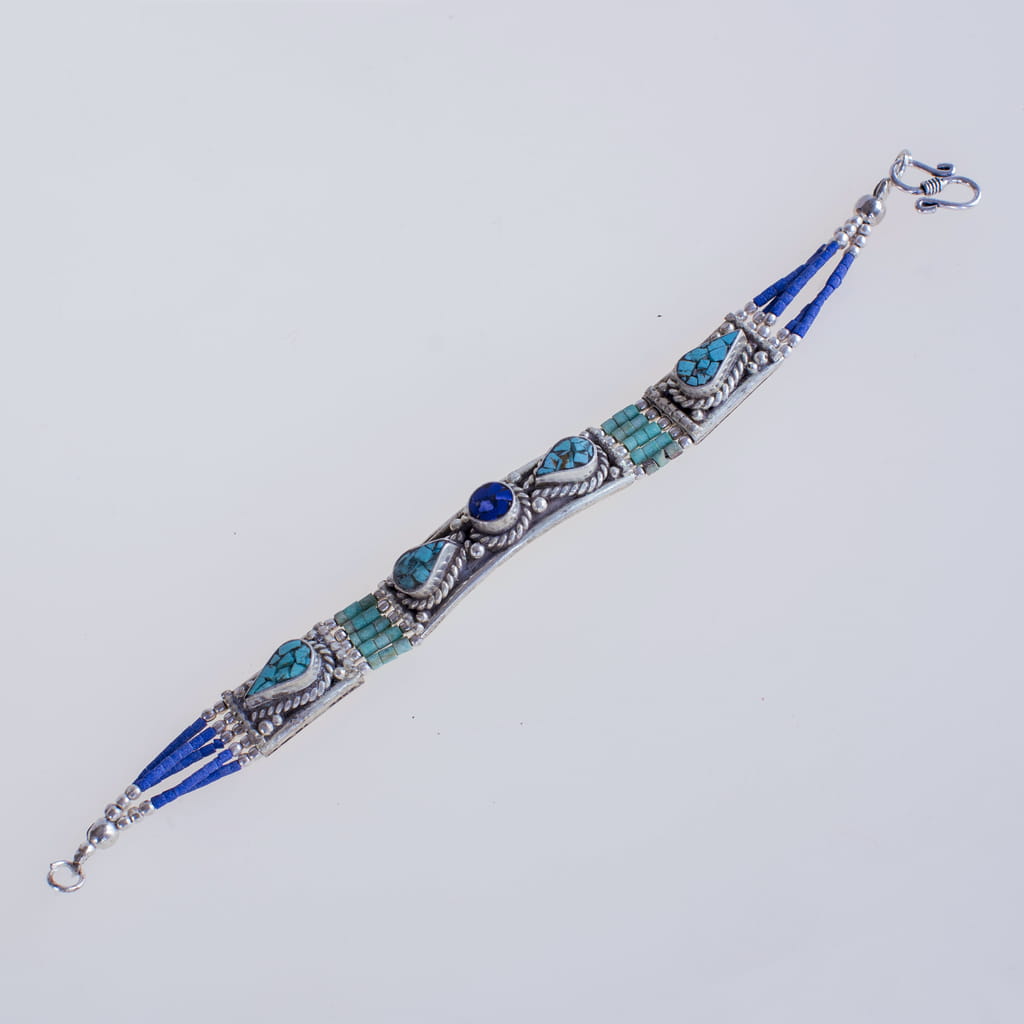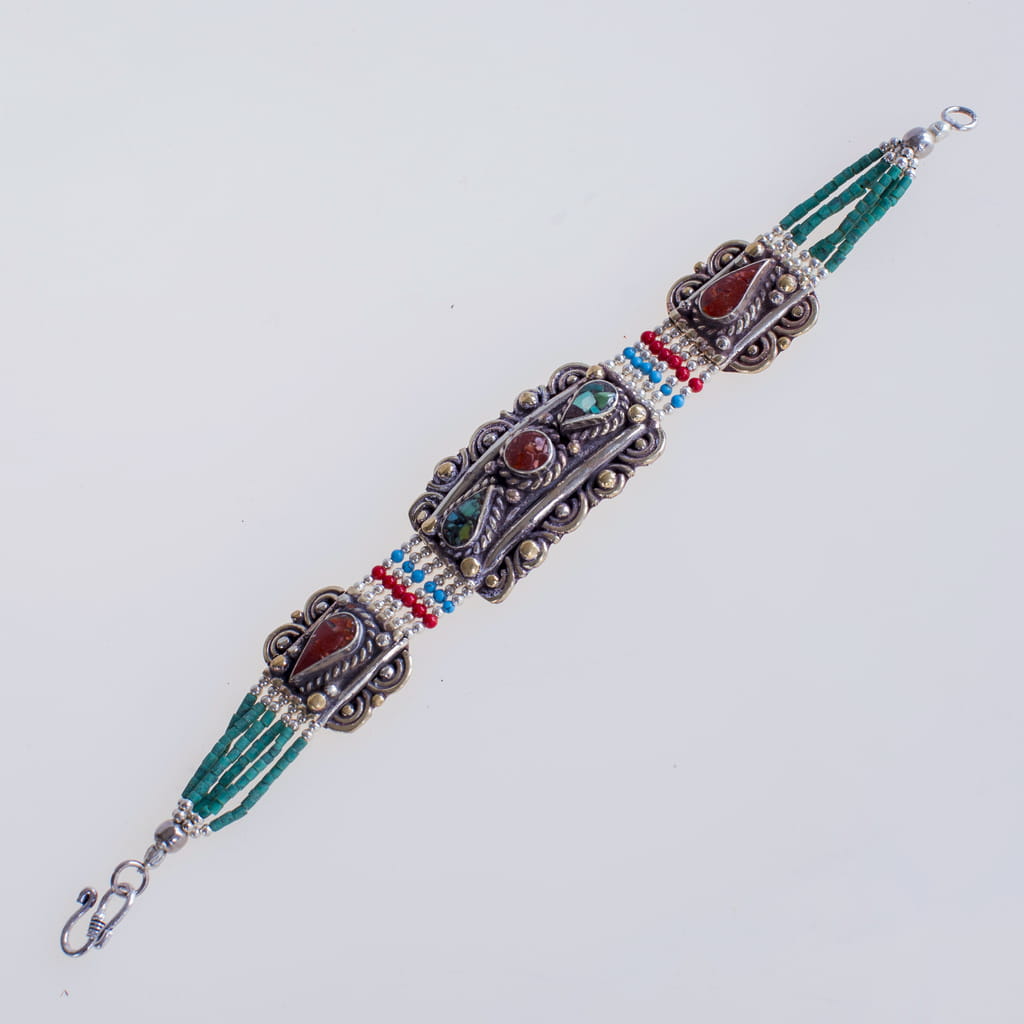The Tradition of Jewelry Making in Nepal
Nepalese traditional jewelry is made by hand and is hugely appreciated by the women from all over the country as well as from Tibet. To learn more about Nepalese traditional jewelry making, understanding of the country’s history is quite important because in many ways this tradition is tied to Tibet as well.
Much of the craft originated when the Chinese took over the country of Tibet in the 1950s, with many people fleeing to Nepal where they continued the Tibetan tradition of jewelry making. The tradition has continued right up to this day and has merged with Nepalese styles and designs over time.
The ancient history of jewelry making in Nepal began unofficially in the 5th century after different religions were discovered. Nepalese people are basically divided into different classes of people according to their work such as Brahmins, Khastriyas, Vaisyas, Sudras, etc. Since there are different classes, the existence of different styles of jewelry is to be expected.
The process of jewelry making is mostly created by women and girls. Making as well as wearing jewelry has always been a big part of life for Nepalese and Tibetan people as wearing a particular style or pieces of jewelry is linked directly with the spirituality of life in both countries, bringing commonality of culture to both regions.
Jewelry in Nepal is mostly made of copper, silver, and gold which incorporate many precious and semi-precious stones taken from different parts of the country, the designs change depending on the season and demand.
Jewelry is often made and priced by keeping in mind the amount of metal that is used and measured by the gram. Every unit made has a specific mantra on it, be it cultural or based on current fashion, each giving out a message directly when one views it from a distance.
Most pieces of jewelry are designed and produced with significance to the wearer. There is belief that these pieces of jewelry also protect the wearer, much like an amulet with many metals and stones having unique properties. Turquoise and coral are the most common stones used. Turquoise represents the sea and the sky, other common stones include lapis lazuli, tiger eye, garnet, and agate, yak bone is also often used.
Many pieces are representations of ancient Sanskrit words that hold meaning to the wearer such as the symbol for ‘Om’ which is often incorporated as it is said to reflect the sound that the universe makes as the planets travel through space. The sound is relaxing and believed to have healing powers by many and is worn to keep in harmony with the universe. Bracelets carved from three metals together are thought to also have healing properties.
The jewelry and handicraft of Nepal represent the culture of the country regardless of if they are used as fashion accessories or for a special occasion. Ancient Nepalese palaces as well the jewelry worn by their rulers were and are still unique when it comes to modern styling and architecture. The country of Nepal holds many historical places listed under World Heritage Sites which are on the list since the architecture are one of a kind in nature.
The occupation of making jewelry in Nepal is chiefly followed by groups of makers known as Sunars who devote their life to making jewelry and hence they are experts in the field of creating new designs as well as innovators. They are so used to making jewelry that they do not want to divert their attention even for a single day and have even gone so far as to name themselves as Sunar as their last name.
The making of jewelry has been going on for generations amongst Sunars, their children also join in, eventually taking over the family business due to their parents already being engaged and some by their own passion. Jewelry shops can be found in almost every part of Nepal especially in major tourist districts of the country including Kathmandu the capital, which is one of the largest and most developed cities in the entire nation.
Kathmandu, Bhaktapur and Lalitpur, the major cities of Nepal house most of jewelry makers and showrooms. The local makers in these cities focus in making silver jewelry with the presence of showrooms being owned by families who have been in the business for two decades or more.
Collection Bracelets




